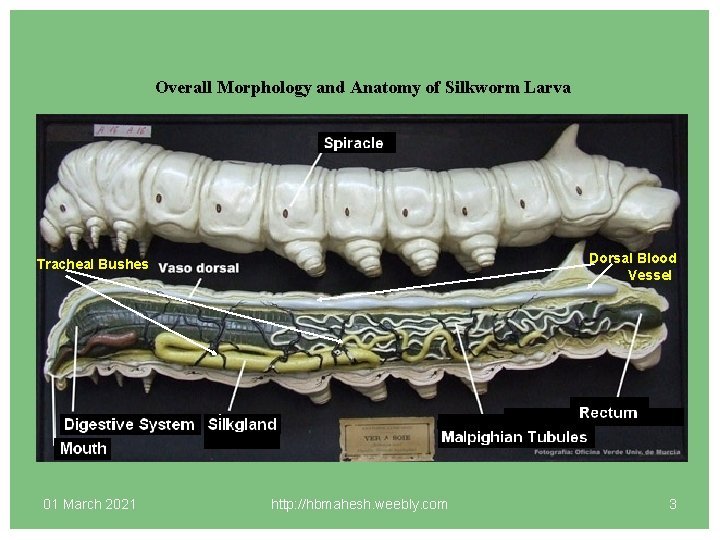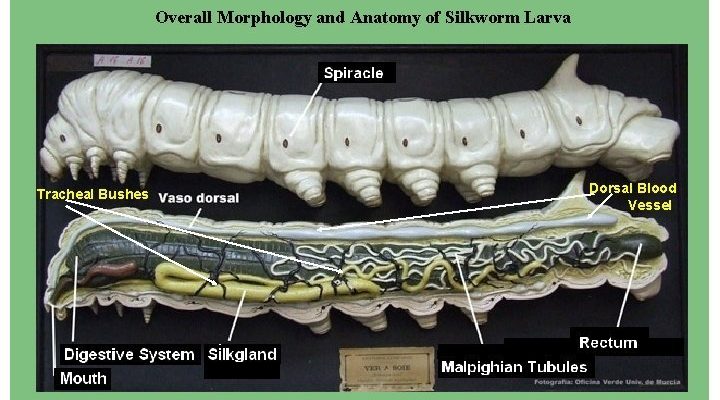
Imagine taking a trip through time, starting as a little worm and ending up as a lovely moth. It’s like going from being a shy bookworm to a confident butterfly—except, in this case, you become a beautiful silk-producing moth. As we delve into the anatomy of silkworms, we’ll explore how their bodies change and adapt for this amazing life cycle.
The Life Cycle of the Silkworm
The life cycle of the silkworm is a journey divided into four main stages: egg, larva (caterpillar), pupa, and adult moth. Each stage is crucial and brings its own unique changes.
Egg stage: The life begins as tiny eggs, about the size of a pinhead. Female moths lay hundreds of these eggs, which are usually a pale, yellowish color. Under the right conditions—warmth and humidity—the eggs will hatch into tiny larvae in about 10 days. Can you imagine being so small and already on a big adventure?
Larvae stage: Once the eggs hatch, the larvae emerge as caterpillars. This is the stage where silkworms do most of their growing. They eat a lot of mulberry leaves and can grow up to 10,000 times their original size! This growth allows them to prepare for the next stage of their life cycle. During this time, they also begin to produce silk, which will become their cocoon.
Pupa stage: After around 4 to 6 weeks, the caterpillar is ready to become a pupa. This is when it forms a cocoon around itself made of silk fibers. Inside this cocoon, the caterpillar undergoes a complete transformation into a moth. It’s like being in a luxurious spa, preparing to emerge renewed!
Adult moth stage: The final stage is when the adult moth breaks free from the cocoon, usually about two weeks after entering it. Adult moths don’t eat; their only purpose is to mate and lay eggs, continuing the cycle. Isn’t it fascinating how every stage has its own purpose and challenges?
Anatomy of the Silkworm Caterpillar
The anatomy of the silkworm caterpillar is specially designed for one primary goal: eating. Their bodies are shaped and adapted for consuming large amounts of food, which provides the energy needed for growth and silk production.
Head and mouthparts: At the front, the silkworm has a distinct head with strong mouthparts. These are not just for show! The caterpillar has mandibles that allow it to munch through tough mulberry leaves with ease. It’s kind of like having a built-in knife and fork, ready for a big meal!
Body segments: The caterpillar’s body is made up of multiple segments, covered in soft, bristle-like hairs. These segments help in movement and provide some camouflage against predators. Each segment is equipped with tiny muscles, allowing the caterpillar to move and wiggle its way around its leafy environment.
Silk glands: Perhaps the most interesting part of a silkworm is its silk glands. Located in the head and throughout the body, these glands produce silk proteins that the caterpillar can spin into threads. These threads will eventually form the cocoon, a protective layer for its transformation into a moth.
This unique design helps silkworms thrive in their environment and perform their remarkable lifecycle.
The Anatomy of the Silkworm Moth
Once the metamorphosis is complete, the silkworm transforms into a moth. This dramatic change in anatomy is nothing short of miraculous and contributes to the moth’s new abilities.
Wings: The most striking difference is the presence of wings. Adult moths have large, broad wings that allow them to glide gently through the air. These wings are covered in tiny scales that can reflect light and create beautiful patterns, making them not only functional but visually appealing. It’s like they’ve traded in their cozy cocoon for a stylish outfit!
Compound eyes: Moths have large, compound eyes that give them a wide field of vision and help them navigate in low light. This is especially helpful for finding mates at dusk, as moths are typically nocturnal. Just think about how different the world looks to them compared to us!
Reproductive organs: Interestingly, the anatomy of male and female moths differs, especially concerning their reproductive organs. Males have specialized antennae that they use to detect pheromones released by females, allowing them to find partners. This is crucial for continuing the life cycle of the silkworm, emphasizing the importance of reproduction in nature.
The change in anatomy from caterpillar to moth beautifully illustrates the wonders of evolution and adaptation.
The Significance of Silkworms in Nature
Silkworms play a vital role in nature beyond just being charming little creatures. Their life cycle and ability to produce silk have significant implications for ecosystems and human industries.
Part of the food chain: In the wild, silkworms serve as crucial food for various insects, birds, and other animals. Their role in the food chain helps maintain the balance of ecosystems. Without them, some species might struggle to find enough nourishment, further emphasizing nature’s interconnectedness.
Silk production: Humans also benefit greatly from silkworms. The silk they produce is highly valued and used in various industries. It’s not just about making clothing; silk is also used in medical applications, cosmetics, and even in art. The silky threads spun by these caterpillars have found their way into our lives in many wonderful forms.
Environmental impact: Finally, farming silkworms can be considered eco-friendly. Silk production can be sustainable when managed properly, as it often involves less pollution and a smaller carbon footprint compared to synthetic fabric manufacturing. It’s a win-win for both nature and our wardrobes!
Silkworms are not just fascinating creatures; they are essential to our ecological and economic systems.
The Amazing Journey of Silk Production
The process of silk production is a captivating journey that showcases the remarkable talents of silkworms. This journey is steeped in tradition and has been practiced for thousands of years, primarily in countries like China and India.
Feeding and growing: As we mentioned earlier, the caterpillars feed voraciously on mulberry leaves to accumulate energy. Farmers carefully monitor their growth, ensuring they have the right conditions to flourish. It’s like nurturing a gourmet meal, where every detail matters!
Spinning the cocoon: When the caterpillars are ready, they begin to spin their silk cocoons. This process takes about 2-3 days, where they create protective layers around themselves. The silk strands can measure up to several hundred meters long. Imagine knitting a full sweater without stopping—now that’s dedication!
Harvesting the silk: After the cocoons are formed, they are harvested. This process involves boiling or steaming the cocoons to kill the pupa inside. While it might sound harsh, this step is crucial to prevent the moths from breaking out and damaging the silk. The delicate threads are then unraveled, washed, and dried, ready to be woven into luxurious fabrics.
Silk production is a testament to the incredible journey of silkworms and their unique contributions to human culture and economy.
The Fascination of Silkworms in Culture
Silkworms have not only fascinated scientists but have also held a special place in various cultures for centuries. Their contributions to art, textiles, and even literature are remarkable.
Symbolism in art: In many cultures, the silkworm represents transformation and renewal. Artists have portrayed these creatures in paintings and sculptures, symbolizing the beauty of change. The transformation from a humble caterpillar to a stunning moth resonates with themes of growth and potential.
Silk road and trade: The Silk Road, an ancient trade route, got its name from the lucrative silk trade between Asia and Europe. This connection highlights how silkworms shaped economic and cultural exchanges throughout history. Imagine how many stories were shared along those trade routes, with silk as the common thread!
Folklore and legends: Silkworms also appear in various folk tales and legends. For instance, the Chinese myth surrounding the discovery of silk involves a princess who accidentally dropped a silkworm cocoon into her tea, leading to the creation of silk textiles. Such stories capture the imagination and highlight the long-standing relationship between humans and silkworms.
The fascination with silkworms continues to inspire generations, reminding us of nature’s beauty and the wonders of transformation.
Diving into the anatomy and life cycle of silkworms is like unveiling a hidden world of wonder. From their humble beginnings as tiny caterpillars to their remarkable transformation into silk-producing moths, each stage is a testament to nature’s creativity and adaptability.
Silkworms are more than just insects; they represent a fascinating intersection of ecology, culture, and human innovation. Their role in our lives—providing silk and sustaining ecosystems—makes them essential players in the grand scheme of life.
So, the next time you come across silk fabric or see a moth fluttering by, take a moment to appreciate the incredible journey that began with a simple silkworm. They remind us that every creature, no matter how small, has a story worth telling.

